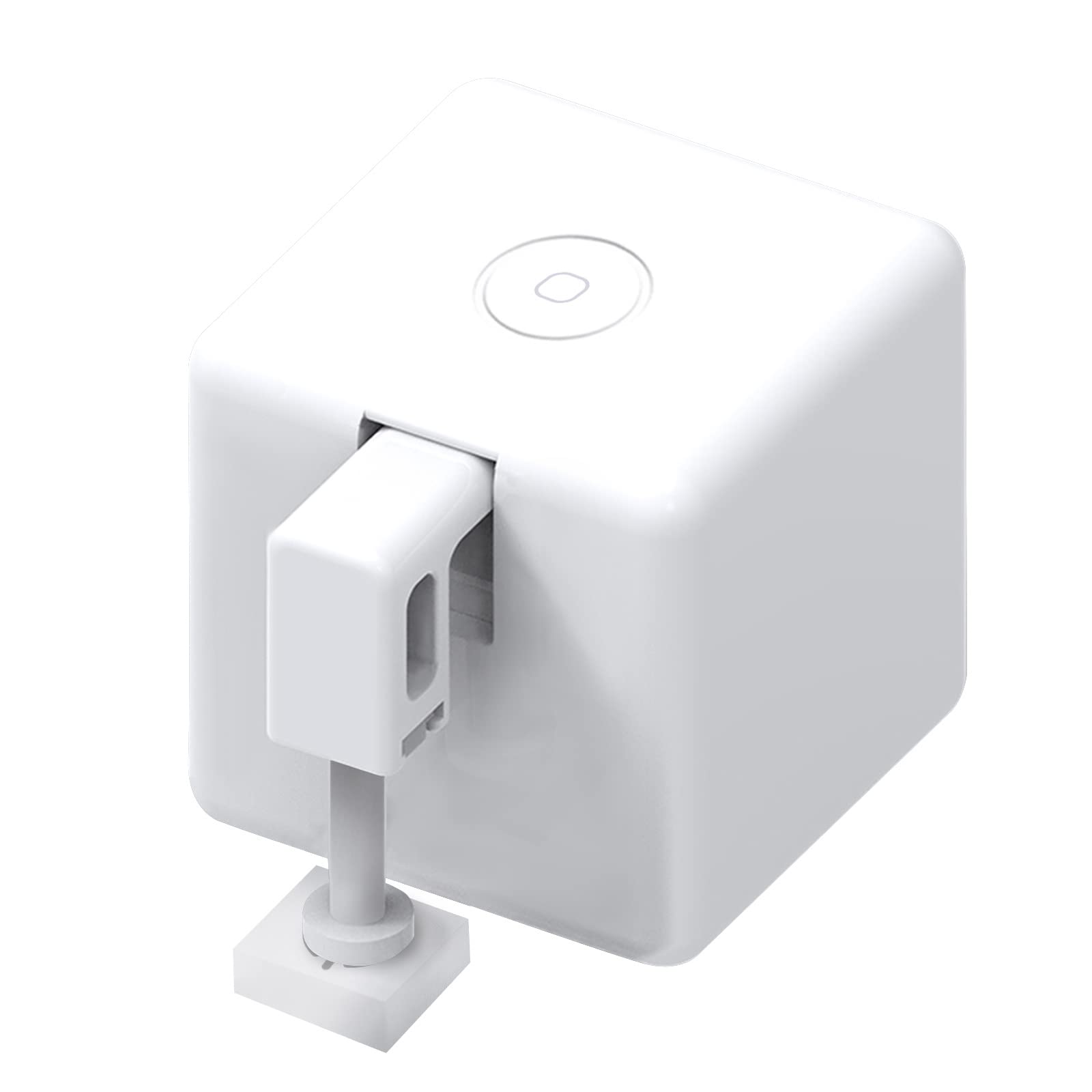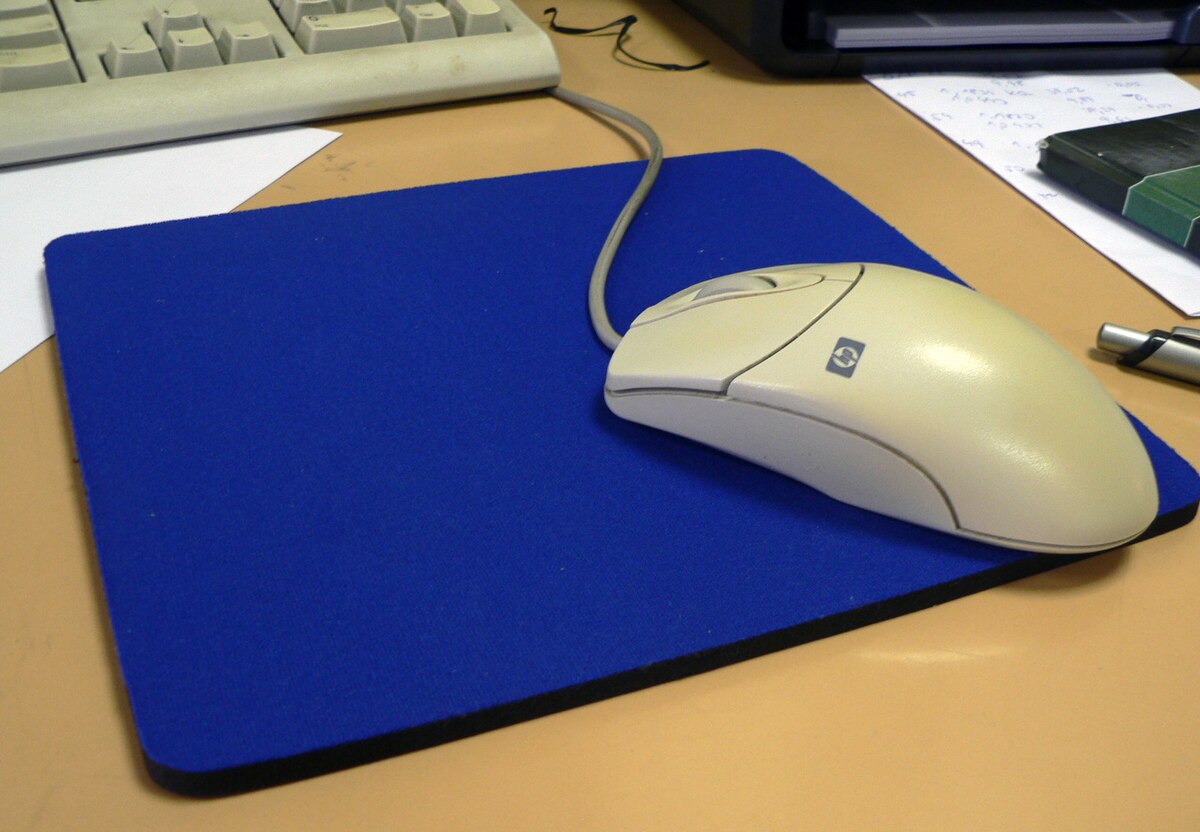Having a smooth and responsive mouse cursor is crucial for a seamless user experience on Mac OS. However, dealing with mouse lag can be frustrating. In this article, we will explore effective techniques to fix Mac OS mouse lag and enhance your productivity.
Charge or Replace the Battery
If you are experiencing mouse lag on your Mac OS, one possible cause could be a low battery. Before diving into more complex troubleshooting steps, try charging or replacing the battery of your computer mouse.
First, check if your mouse is wireless or wired. If it is wireless, make sure the batteries are not running low. If they are, replace them with fresh ones. If your mouse is wired, skip this step.
If you are using a wireless mouse, locate the battery compartment on the bottom of the mouse. Open it and remove the old batteries. Insert new batteries, making sure to match the positive and negative ends correctly. Close the compartment securely.
For a wired mouse, simply unplug it from your Mac and plug it back in to ensure a secure connection.
Once the battery or connection is addressed, test your mouse to see if the lag has improved. If not, there may be other factors causing the issue.
Turn Bluetooth Off and On

To fix Mac OS mouse lag, one possible solution is to turn off and on your Bluetooth connection. This can help resolve any connectivity issues that may be causing the lag. Follow these steps to do so:
1. Open System Preferences: Click on the Apple menu in the top-left corner of your screen and select “System Preferences” from the dropdown menu.
2. Go to Bluetooth settings: In the System Preferences window, click on the Bluetooth icon. This will open the Bluetooth settings menu.
3. Turn off Bluetooth: In the Bluetooth settings menu, click on the “Turn Bluetooth Off” button. This will disable the Bluetooth connection on your Mac.
4. Wait a few seconds: Give it a moment for the Bluetooth connection to fully turn off.
5. Turn on Bluetooth: After waiting a few seconds, click on the “Turn Bluetooth On” button in the Bluetooth settings menu. This will re-enable the Bluetooth connection on your Mac.
By turning off and on your Bluetooth connection, you are essentially resetting the connection and giving it a fresh start. This can help resolve any issues that may be causing mouse lag on your Mac.
Clean the Mouse and Use on a Flat Surface

To fix Mac OS mouse lag, start by cleaning your mouse. Dust and debris can interfere with its performance. Use a clean cloth and gently wipe the surface of the mouse, removing any dirt or grime.
Next, ensure that you are using the mouse on a flat surface. Uneven or soft surfaces can cause the cursor to lag or move erratically. Place a mousepad or a smooth, flat object underneath the mouse to provide a stable surface.
If the issue persists, try using a different USB port. Sometimes, a faulty or incompatible USB port can cause mouse lag. Plug the mouse into a different port and see if the problem is resolved.
Another option is to check for any software updates for your Mac. Outdated software can sometimes cause mouse lag. Go to the Apple menu, select “Software Update,” and install any available updates. This may fix any compatibility issues.
If you’re using a wireless mouse, make sure that the batteries are properly charged. Low battery power can result in lag and erratic cursor movement. Replace the batteries if necessary.
Lastly, consider the possibility of electromagnetic interference. Other electronic devices, such as Wi-Fi routers or Bluetooth devices, can interfere with your mouse’s signal. Try moving these devices away from your computer or use a wired mouse for a more reliable connection.
Disconnect and Reconnect the Mouse
Disconnecting and reconnecting the mouse is a simple yet effective solution to fix Mac OS mouse lag. Follow these steps to troubleshoot the issue:
1. Start by disconnecting the mouse from your Mac. Unplug the USB cable or remove the batteries if it’s a wireless mouse.
2. Wait for a few seconds and then reconnect the mouse to your Mac. Plug in the USB cable or insert the batteries if it’s wireless.
3. If you’re using a wired mouse, make sure the USB connection is secure and properly inserted into the port.
4. For wireless mice, check if the batteries are charged and properly installed. If the batteries are low, replace them with fresh ones.
5. Once the mouse is reconnected, test it to see if the lag issue has been resolved. Move the cursor around and click on various elements to check for responsiveness.
6. If the lag issue persists, try using a different USB port or connecting the mouse to a different Mac to see if the problem lies with the port or the mouse itself.
7. Additionally, make sure there are no obstructions or interference near the mouse that could disrupt the signal. Keep the mousepad clean and free from any debris.
By disconnecting and reconnecting the mouse, you can often eliminate temporary glitches or conflicts that may be causing the lag. This simple troubleshooting step can save you from the frustration of dealing with a sluggish mouse on your Mac.
Update macOS and Mouse Firmware
To fix Mac OS mouse lag, it is important to update both the macOS and mouse firmware. These updates can help resolve any compatibility issues and improve the overall performance of your mouse on your Mac computer.
To update macOS, follow these steps:
1. Click on the Apple menu in the top-left corner of your screen.
2. Select “System Preferences” from the dropdown menu.
3. Click on “Software Update.”
4. If there is an update available, click on the “Update Now” button.
5. Follow the on-screen instructions to complete the update process.
Updating the mouse firmware will vary depending on the brand and model of your mouse. Here are some general steps to follow:
1. Visit the manufacturer’s website for your mouse.
2. Look for the “Support” or “Downloads” section.
3. Search for your mouse model and find the latest firmware update.
4. Download the firmware update file to your computer.
5. Double-click on the downloaded file to start the firmware update process.
6. Follow the on-screen instructions provided by the manufacturer to complete the update.
By keeping both your macOS and mouse firmware up to date, you can ensure a smoother and more responsive mouse experience on your Mac.
Adjust Tracking Speed and Reset Custom Settings
- Adjust the tracking speed of your mouse
- Reset any custom settings
Manage CPU Usage and Close Resource-Intensive Apps

- Monitor CPU Usage: Keep an eye on the CPU usage using the Activity Monitor application.
- Identify Resource-Intensive Apps: Look for applications that consume a significant amount of CPU resources.
- Close Unnecessary Apps: Quit any unnecessary or resource-intensive apps to free up CPU usage.
- Update Apps: Make sure all your apps are up to date, as outdated versions can cause excessive CPU usage and lag.
- Disable Background Processes: Disable any unnecessary background processes or services running on your Mac.
- Reset SMC: Resetting the System Management Controller (SMC) can help resolve CPU-related issues.
- Check for Malware: Scan your Mac for any potential malware or viruses that might be causing high CPU usage.
- Manage Startup Items: Remove unnecessary apps from your startup items to reduce CPU load during boot.
- Adjust Energy Settings: Optimize your Mac’s energy settings to balance performance and power consumption.
- Upgrade Hardware: Consider upgrading your Mac’s hardware, such as RAM or SSD, to improve overall performance and reduce lag.
F.A.Qs
Why does my mouse movement feel laggy?
Your mouse movement may feel laggy due to dirt covering the infrared (IR) sensor under the mouse, causing intermittent or sporadic lag. Try cleaning your wireless mouse to improve its performance. Additionally, restarting the mouse driver by unplugging and plugging it back in might also resolve the issue.
Why is my Mac cursor not moving smoothly?
Your Mac cursor may not be moving smoothly due to a dirty mouse surface. Try cleaning it with a soft dry cloth.
Why is my mouse speed so slow on Mac?
Your mouse speed on Mac may be slow because the tracking speed setting is set low. To adjust it, go to Apple menu > System Settings, click on Mouse or Trackpad, and drag the “Tracking speed” slider to a higher setting.
Why is my mouse cursor laggy on my Mac?
Your mouse cursor may be laggy on your Mac if your CPU or RAM is under stress or if certain apps are consuming a high amount of resources. Closing background apps that you are not using can help alleviate this issue.

